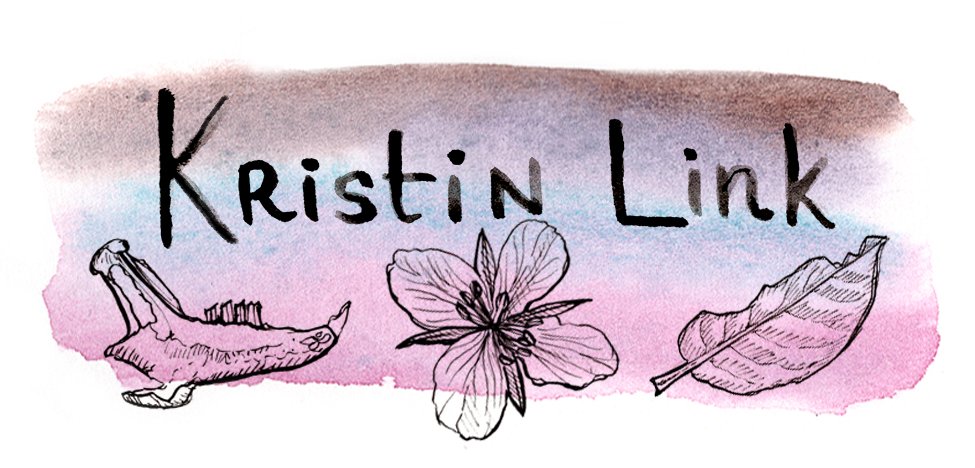In March 2019 I was selected to participate in an artist at sea residency hosted by the Hatfield Marine Science Center and the Sitka Center for Art and Ecology. I spent twelve days onboard the Research Vessel Sikuliaq with a team of researchers from University of Oregon and Oregon State University who are studying zooplankton in the Northern California Current, off the coasts of Oregon and northern California. My cruise was one of four, two winter and two summer, that are funded by the National Science Foundation. After my time at sea, I got to spend a week at the Sitka Center for Art and Ecology reflecting on my residency and making work.
I’m putting together a blog series to share my time as artist at sea. I think most people don’t get to see much of the backstory of what it is like to be an artist or a scientist out in the ocean collecting research. For me, it was a pretty unique and fun experience so I am happy to take you along. In Part One, I’ll give a little introduction and tour of the research vessel. In parts two-three, I’ll go over two of the main systems used to collect data (ISIIS and MOCNESS) and share some of the art they inspired. In part four, I’ll talk about being a resident at the Sitka Center and some of my plans for future work.
Part 2: ISIIS – Imaging Shadows
Part 3: MOCNESS –Plankton up close
Part 4: Back to Land
Scientists were collecting data mainly with ISSIIS (which I talked about in another post) and MOCNESS. MOCNESS is another acronym that stands for Multiple Opening/Closing Net and Environmental Sensing System.
Above - Sketch I made of the MOCNESS system we were using.
Above - MOCNESS coming out of the water. Photo by Mark Farley
Basically, we would trail nets of two different sizes (for different sized plankton) through the water at certain points along the transects. The nets would open and close to sample at specific depths. We alternated days collecting ISIIS or MOCNESS data, and the MOCNESS days were probably my favorite because I got to see plankton up close, look at it under a microscope, and sometimes hold it. We found so many cool things and this experience once again opened my eyes to how beautiful, strange, and varied the biological world can be.
Above - Getting to see plankton up close
Above - Larval Fish - Lingcod (Ophiodon elongatus) and Rockfish (Sebastes sp.), Graphite and colored pencil on paper, 14 x 11”
Nudibranch, Graphite and colored pencil on paper, 14 x 11”
We never knew what we would catch. Some nets were almost empty and some nets were very full of krill. I found that most interesting fish and critters were found at night because more animals rise in the water column then. I loved being up in the middle of the night and finding bioluminescent fish or sorting through piles of krill. During the day, the Sutherland lab would spend more time sorting the samples and picking out groups of animals to sample for stomach contents (to find out who was eating who). This meant we had more time to look over samples and also found many cool things. People were very generous in pointing out new things we hadn’t seen before for me and letting me take lots of time with the microscope camera. There was always something interesting happening and it was hard to sleep or get a lot of art work done.
Above - Picking through plankton samples. Photo by Mark Farley
Making light, being transparent or shiny, are specific adaptations that help zooplankton survive in the ocean, but these adaptations also make them beautiful and fun to draw. Aboard the Sikuliaq, I spent a lot of time taking photos, making sketches, looking through books, and study graphs and images. Like the scientists, I collected a lot of data, but my data is more driven by visuals and aesthetics.
Above - Cephalopod Larvae and Sea Angels, watercolor and pencil on paper
As a visual artist and science illustrator, I am able to create an accurate representation of the natural world, but I’m also interested in the way humans experience and learn about their surroundings. At sea we collected plankton samples from nets and the scientists will use those samples to explain what species are where in the water column and under which conditions. But there is also something special about being out in the ocean in the middle of the night, pulling up nets while the boat rocks in the waves with seagulls watching and sea lions barking at you. There is also something special about watching an octopus larva under a microscope as it swims around and changes colors from clear to red.
This week the exhibit, Marine Food Webs: Drifters to Swimmers, Opens at the Giustina Gallery at the LaSells Stewart Center at Oregon State University in Corvallis, OR. The exhibit showcases work inspired by the artist at sea residency and the four artists who participated as well as work by other artists related to plankton and marine food webs.















